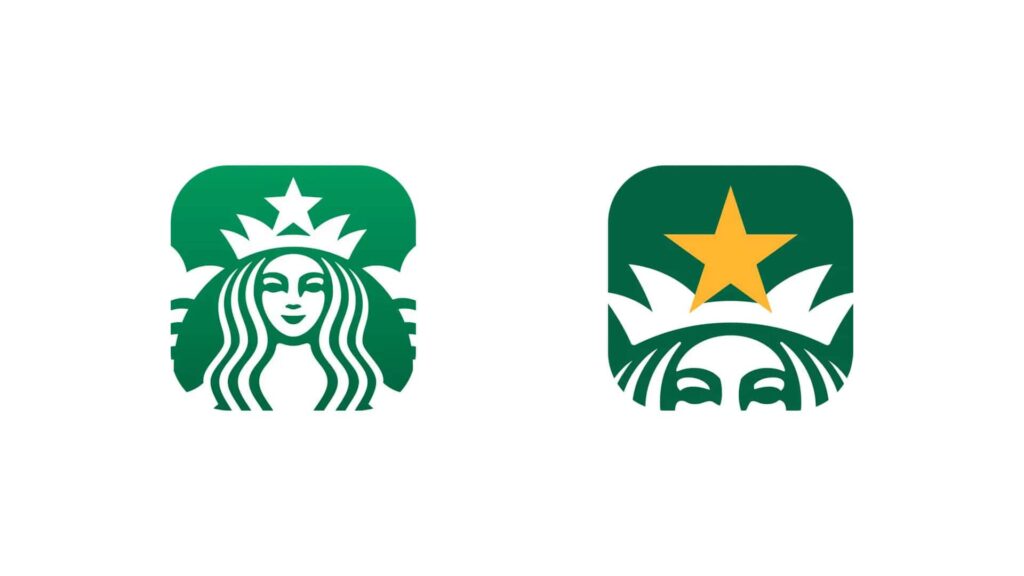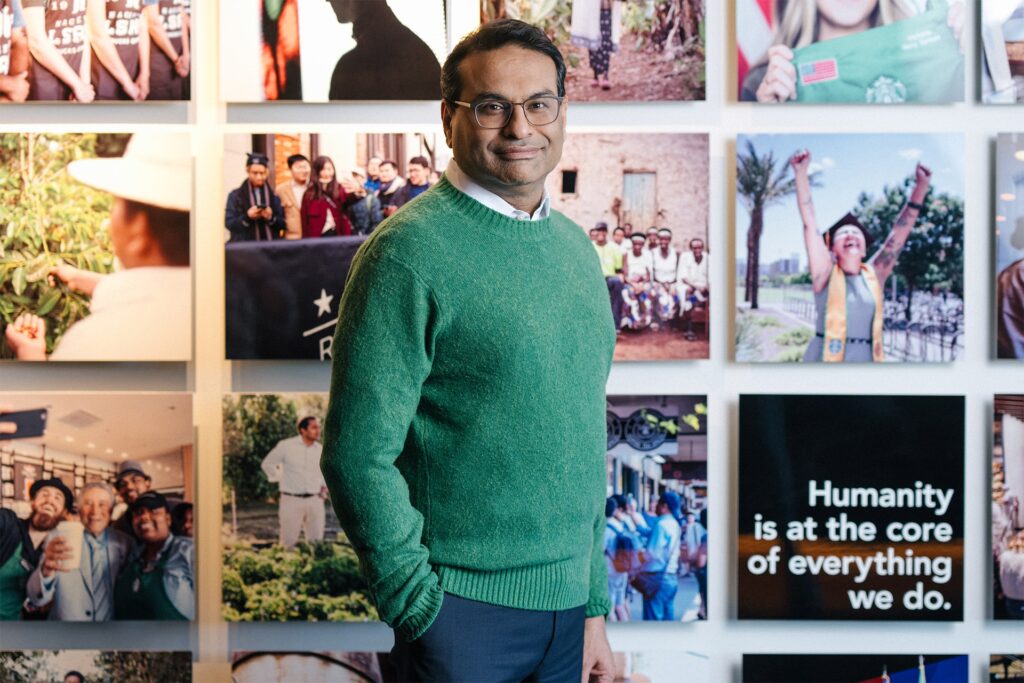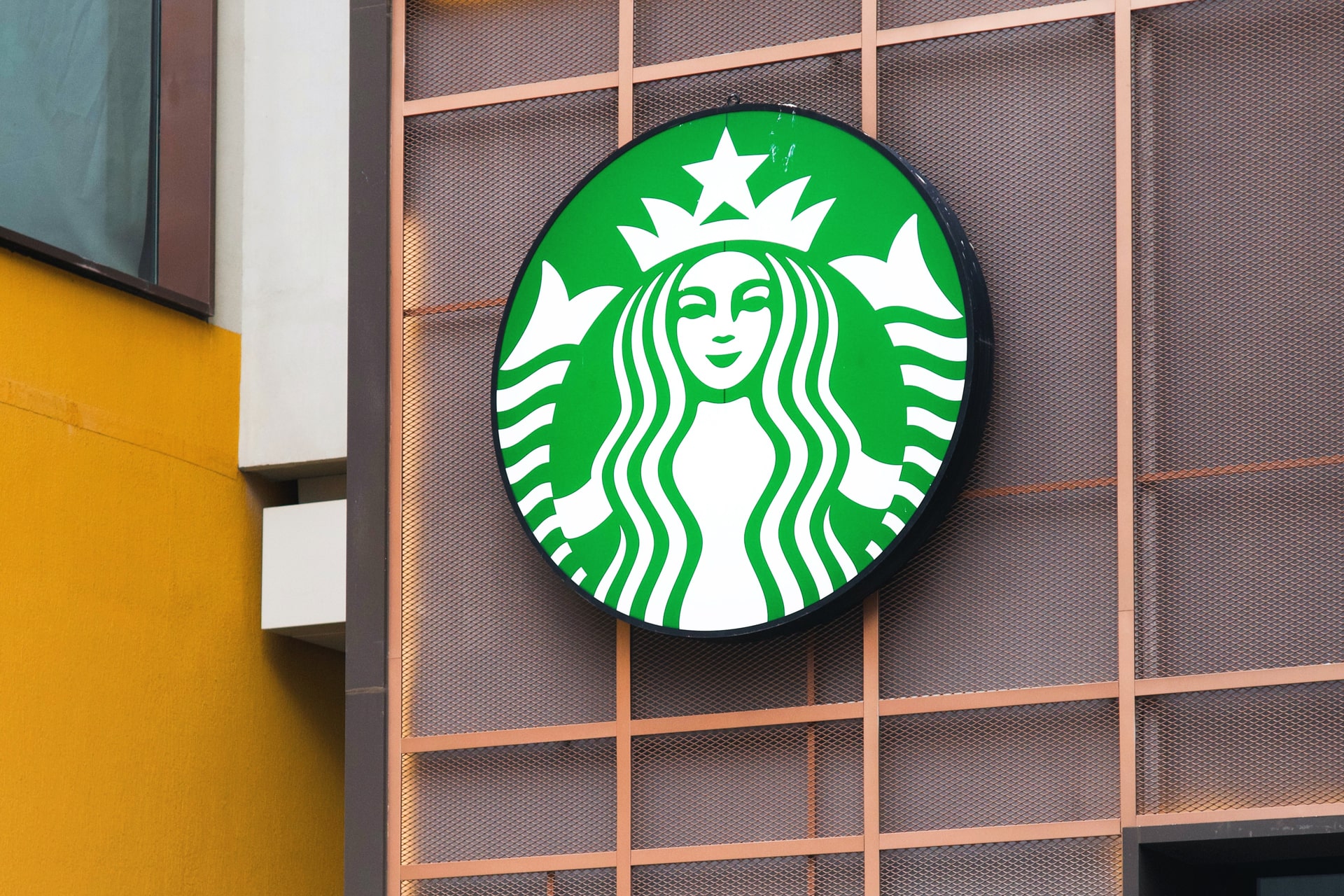Starbucks Rewards members in China are in for a treat, as the coffeehouse chain has unveiled major upgrades to its reward program in the country. This move is part of Starbucks’ efforts to attract more consumers amid fierce competition in China’s on-premise coffee market, both from domestic chains such as Luckin Coffee and Cotti Coffee, as well as a slew of international players like Tim Hortons and Costa Coffee.
The changes were initiated on June 19, when an update to the company’s app was rolled out. Members first learned of the upgrades through this update, which was more eye-catching than usual as it introduced a fresh new look to the app’s icon and interface.

The latest update introduces several changes to the program, with a new membership tier the standout addition. This new tier enhances the previous three-tier system of welcome, green, and gold members, with diamond members expected to precede the gold tier and offer more exclusive privileges such as birthday gifts and priority services. To become a diamond member, a green or gold member must earn 100 growth points annually, equivalent to spending about RMB 5,000 (USD 687) per year.
The mechanics of the tier system have also been modified to provide more equal benefits to welcome and green members.
A day after the release, hospitality company Hilton Group announced that it has entered a collaboration with Starbucks in mainland China, allowing local Hilton Honors and Starbucks Rewards members to earn bonus points by connecting their accounts, gaining access to reciprocal membership benefits and fast-tracked progression of their membership status. This tie-up marks the first time Starbucks is partnering with a hotel brand in China, mirroring a similar arrangement with the Marriott Bonvoy program in the US announced just two days prior to Hilton’s.
Starbucks’ decision to enhance its rewards program segues into its broader long-term strategy in China. Despite voicing its ambitions and confidence in growth, the company has been slow to expand its domestic footprint—a slump it aims to promptly arrest.
The company performed underwhelmingly in China during the second quarter this year. Revenue dipped by 3%, primarily due to an 11% drop in comparable store sales. This decline was fueled by an 8% reduction in average ticket size and a 4% decrease in transactions. Even though 118 net new stores opened in China that quarter, reflecting a 14% net new store growth, it wasn’t enough to counterbalance the sag.
This setback erased much of the progress made in the previous quarter when Starbucks saw a 20% revenue boost in China, spurred by a 10% rise in comparable store sales and a notable 21% increase in transactions. However, even then, the average ticket size shrank by around 9% due to lower merchandise sales and a surge in promotions. Starbucks also opened 169 net new stores and entered 28 new county cities that quarter.
Beyond economic factors, Starbucks has had to grapple with a highly competitive environment in China, hindering its growth. During the Q2 2024 earnings call, Laxman Narasimhan, CEO of Starbucks, said that competition is uniquely tough in China due to the strong tea segment, which competes for the same customers who patronize coffee companies.
However, Narasimhan emphasized that Starbucks remains steadfast in fortifying its premium brand. He believes that the company’s competitive advantages beyond pricing will help it stand out in the long run. Upgrading the membership system is therefore part of its broader strategy to tighten its edge in the Chinese market, alongside deeper engagement with social media, live streaming, product innovation, and digital transformation.

“I think the growth that’s taking place in the mass area of the China business, of the China overall coffee and tea segment, is one where we just see intense price competition. We’re choosing not to participate in that,” Narasimhan said.
“We are a premium brand. We built a business over 25 years with a great deal of competitive advantages. You can see that there. We have amazing partners and stores. We have stores that look distinctive. We have [an] end-to-end supply chain that, frankly, I would love to have in the US. And then we are steeped in coffee and the tradition of coffee […] as well as with the knowledge that we have in-store. So, we bring that to life very well in our business in China.”

